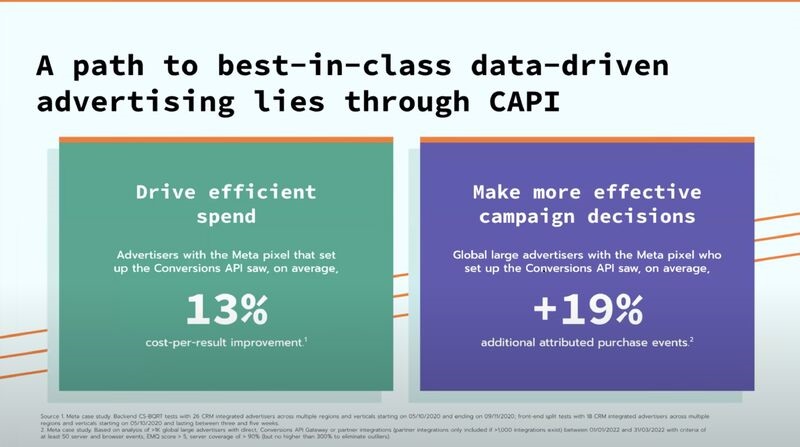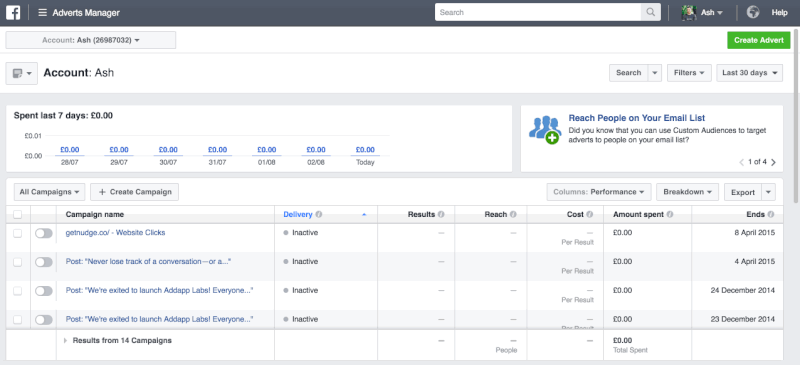A lot of teams have already jumped on the server-side bandwagon. GTM container? Set. Conversion API? Hooked up. Pixel? Double-checked.
But then comes the awkward question: “Is this really improving anything?” Are the results better? Is the data cleaner? Or did we just make the setup more complicated?
At a recent Meta & Stape webinar, they finally shared specific performance numbers. And yes — server-side tracking isn’t just a trendy setup. It delivers measurable value.
Here’s what they showed:
1. Up to 37% of your events never reach Meta. Client-side tracking alone gets hit by ad blockers, privacy restrictions (like ITP), and cookie lifespan limits. That’s a big chunk of traffic you’re not optimizing on.
2. Adding Meta Conversion API improves attribution and efficiency:
+19% increase in attributed purchases. This means 19% more conversions Meta can confidently link to your ads — which helps its algorithms learn faster.
-30% decrease in cost per result. With more data, Meta optimizes campaigns better, reaching users who are more likely to convert.
3. Turning on incremental attribution improves things even further. Instead of crediting every conversion after an ad view, Meta can now focus on those caused by the ad.
Result: +46% campaign performance lift, on average — based only on truly incremental results, no extra experiments needed.
Case: Boots (UK retailer)
This case was shared by Meta to illustrate how combining Conversion API and Advantage+ campaigns changes outcomes.mBoots focused on incremental sales and saw:
15x increase in incremental sales (vs. previous setup).
+21% ROAS uplift.
The takeaway: using better attribution + cleaner data not only improves targeting, but also makes reported ROI more realistic.
Bottom line:
Server-side tracking isn’t just a technical preference.
It’s how you stop losing data, feed better signals into Meta, and help its optimization engine do its job. Especially when budgets are tight, missing 30% of your data is a luxury you can’t afford.
Want to get all my top Linkedin content? I regularly upload it to one Notion doc.
Go here to download it for FREE.



